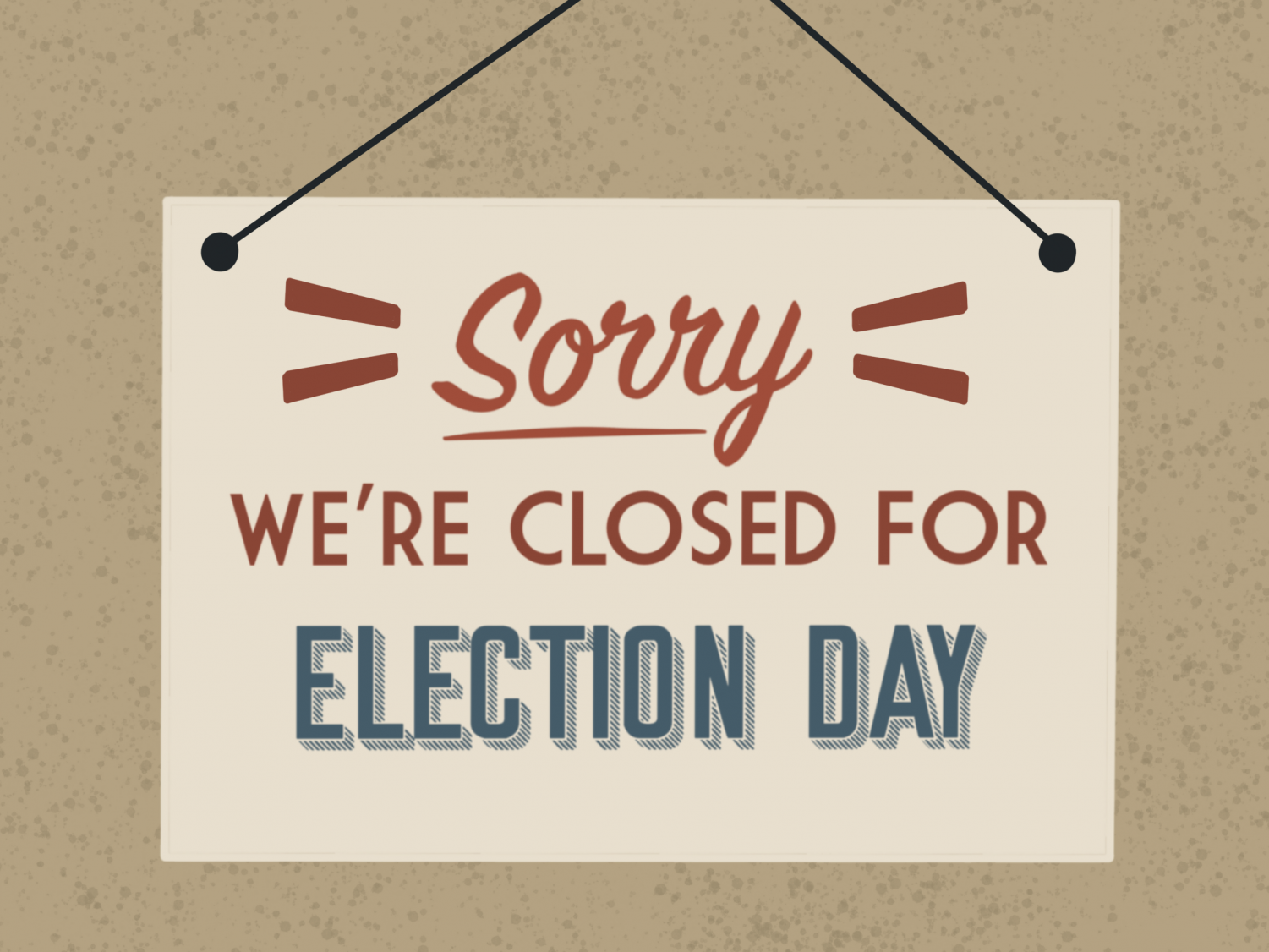Why Do I Always Tell My Children “No”: Understanding and Shifting the Habit
As a parent, you want the best for your children. But you may have noticed yourself often saying “No” automatically, even when it comes to requests that might be harmless. This habit is common among parents and often rooted in various psychological and situational factors. Understanding why we respond this way can help us build a more balanced approach to parenting, one that encourages open communication, nurtures independence, and helps children feel heard and respected.
1. The “No” Habit and Parenting Stress
Saying “No” frequently can become an unconscious habit. With the demands of work, household responsibilities, and parenting, parents often operate on “auto-pilot” (Harris, 2009). “No” may seem like the easiest response because it quickly resolves the request, keeping daily tasks from being interrupted. However, constantly saying “No” can lead to a tense relationship with your child and make them feel their needs aren’t valued.
Why This Happens
Stress and fatigue are significant factors here. When parents are overwhelmed, they tend to take shortcuts, often opting for immediate control over open discussions (APA, 2020). Unfortunately, this response can create a cycle where children either learn to stop asking or begin to push back, escalating power struggles.
What You Can Do
Recognize when stress is affecting your interactions with your children. Taking a few deep breaths or a moment to think before responding can help you evaluate whether the “No” is necessary. Reflecting on why you’re saying “No” can help break the habit and introduce more flexibility in your responses.
2. The Desire to Protect
One of the main reasons parents instinctively say “No” is the need to protect their children from potential harm, failure, or disappointment. Psychologically, this is known as “protective parenting,” a natural inclination that stems from love and a desire to keep children safe (Siegel & Bryson, 2012). But, when used too often, it can limit children’s opportunities to explore and grow.
Why This Happens
The need to shield children from harm is deeply ingrained in parents, especially when it comes to risky situations. However, saying “No” to low-risk situations, like letting kids experiment with small tasks, can prevent them from developing resilience and confidence.
What You Can Do
When your child asks for something, take a moment to consider if there’s a real risk. If it’s safe, try saying “Yes” or providing a compromise. For instance, instead of saying “No, you can’t go out in the rain,” you might say, “Yes, but let’s put on a raincoat and boots first.” Allowing children to safely navigate challenges can build their confidence and independence (Dweck, 2006).
3. The Need for Control and Consistency
Parents often feel that frequent “No’s” maintain consistency and reinforce boundaries. While setting boundaries is crucial, constantly saying “No” can sometimes be less about discipline and more about maintaining a sense of control during chaotic moments (Gottman & DeClaire, 1998). This may unintentionally communicate rigidity rather than guidance.
Why This Happens
Establishing order feels essential when parents have many responsibilities. However, too many “No’s” can restrict children’s ability to express themselves and explore their environment, which are important aspects of childhood development (Ginsburg, 2007).
What You Can Do
Try establishing a few firm boundaries while allowing flexibility in less critical areas. For instance, if your child wants to play before finishing their homework, consider a time-limited break rather than a strict “No.” Offering choices within boundaries helps children feel a sense of control and teaches decision-making skills.
4. The Negativity Bias and Past Experiences
Parents’ own childhood experiences and memories can shape their instinctual reactions. If you grew up in a strict environment, you might find yourself unconsciously repeating similar patterns. Additionally, the human brain has a “negativity bias,” which means we naturally focus more on potential negative outcomes (Goleman, 2006). This bias can make it easier to focus on why something is a bad idea instead of the potential positives.
Why This Happens
Experiences from your own childhood can subconsciously shape how you react. For instance, if you were often told “No,” you may find yourself doing the same with your children, without fully realizing why.
What You Can Do
Reflect on how your own experiences may be influencing your parenting style. Are there situations where you can be more open? Journaling or talking with a counselor can help you become more aware of these patterns and make conscious choices to encourage a positive environment.
5. The Desire for Predictability
Saying “No” often gives parents a feeling of predictability and control. Children can be unpredictable, and setting strict boundaries can feel like a way to keep things manageable. However, children’s development thrives in environments where they feel safe to explore, make choices, and occasionally make mistakes (Montessori, 2013).
Why This Happens
When schedules are tight and parents are balancing many responsibilities, controlling the environment by saying “No” can feel like a quick fix. Unfortunately, this can also stifle curiosity and experimentation.
What You Can Do
Embrace moments of “controlled unpredictability.” For instance, if your child wants to play with something messy like paint, plan it for a specific time when you can manage it. Being flexible helps children feel more comfortable trying new things and builds trust in the parent-child relationship.
6. Building a More Balanced Approach: When to Say “Yes”
It’s important to remember that not every “Yes” has to be a big decision. Small “Yeses” can empower your child and strengthen your bond. Saying “Yes” doesn’t mean a lack of boundaries—it means choosing which requests to support and which to discuss more.
What You Can Do
Start by saying “Yes” to safe, reasonable requests whenever possible. If something doesn’t work out perfectly, use it as a learning experience. This shift toward a more balanced approach can help your child feel heard, build trust, and even encourage more positive behavior.
Moving Away from “No” for a Healthier Connection
Saying “No” is sometimes necessary, but it doesn’t have to be the automatic response. By understanding why you might be inclined to say “No” and practicing a more flexible approach, you can encourage a more supportive, open relationship with your child. Remember, balanced guidance, mixed with the freedom to explore, is a powerful combination that can help your child grow with confidence and curiosity.

This article has been written by John S. Collier, MSW, LCSW. Mr. Collier has over 25 years of experience in the social work field and is based in London Kentucky through Southeast Kentucky Behavioral Health, LLC. Mr. Collier may be reached by phone at (606) 657–0532 extension 101 or by email at john@sekybh.com.
References
- American Psychological Association. (2020). Parenting in the Time of COVID-19. APA.
- Dweck, C. S. (2006). Mindset: The New Psychology of Success. Random House.
- Ginsburg, K. R. (2007). The Importance of Play in Promoting Healthy Child Development and Maintaining Strong Parent-Child Bonds. Pediatrics, 119(1), 182-191.
- Goleman, D. (2006). Social Intelligence: The New Science of Human Relationships. Bantam.
- Gottman, J., & DeClaire, J. (1998). Raising an Emotionally Intelligent Child. Simon & Schuster.
- Harris, P. (2009). Parenting Without Stress: How to Raise Responsible Kids While Keeping a Life of Your Own. PuddleDancer Press.
- Montessori, M. (2013). The Absorbent Mind. Start Publishing LLC.
- Siegel, D. J., & Bryson, T. P. (2012). The Whole-Brain Child: 12 Revolutionary Strategies to Nurture Your Child’s Developing Mind. Bantam.






